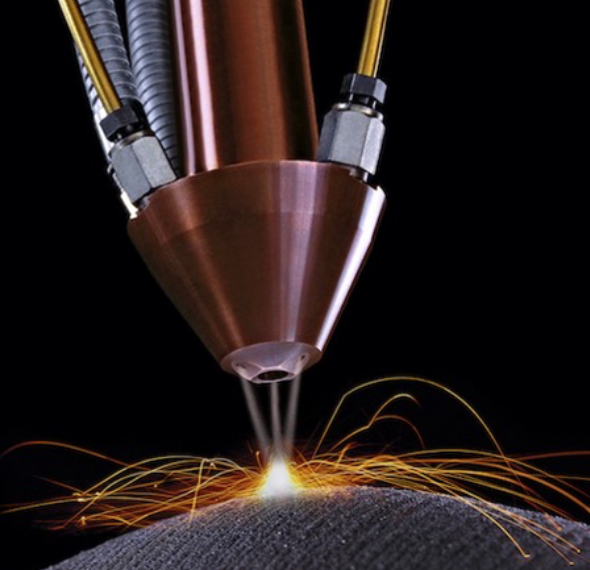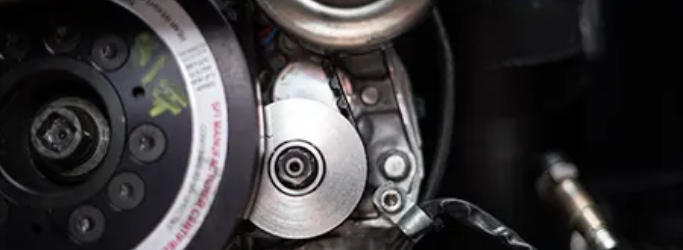End Use.
Material Innovations Expands Production Applications.
While 3D printers are used to optimize processes across the entire manufacturing cycle, they can also be used to directly produce end-use parts. For custom components at low volumes, 3D printing can slash months off of production lead times and massively decrease overhead costs. 3D printing production parts allows you to skip the Tooling Development portion of product development, compressing iteration time and shortening the wait between final design and production parts.
Additive manufacturing also removes many traditional manufacturing limitations, allowing you to eliminate design constraints and prioritize part function. Bypassing these compromises leads to simplified assemblies and improved part performance, all while utilizing less direct labor to produce parts.
New technologies are typically deployed to augment current methods. These new technologies often provide significant speed and profitability improvements. For example, 3D printing has been successfully used for prototyping components and parts.
But for several years now, innovative manufacturers of all sizes have realized significant value applying 3D printing to mainstream operations, both as an alternative and complement to traditional methods.

Manufacturers are applying these new capabilities to.
Better products.
Design and build new and better products.
Time.
Accelerate product time to market.
Lower cost.
Lower production time and costs 70 to 90 percent in targeted applications
Customisation.
Respond to customer demands that were previously impossible.
Supply chain.
Innovate supply chain changes to create competitive disruption in their markets.
Developing strategic applications requires innovation. This occurs when organizations have experience gained by applying technology to basic usage. Ultimately, with 3D printing, this can lead to product, operations process and business model innovations that create breakthrough opportunities for experienced, insightful organizations. Using 3D printing for replacement applications is simple and extremely cost-effective. Manufacturers would be wise to capitalize on opportunities to incorporate 3D printing in general – and end-use parts in particular – into their production processes.

Metal Technology (MTI) forges new path with metal 3D printing and English Racinge .

Idaho Steel Embraces 3D Printing to Deliver Superior-Quality Parts Faster .

Stanley Black & Decker:
Wheel Shaft .

3D Printed Custom
Hand Control Device .
